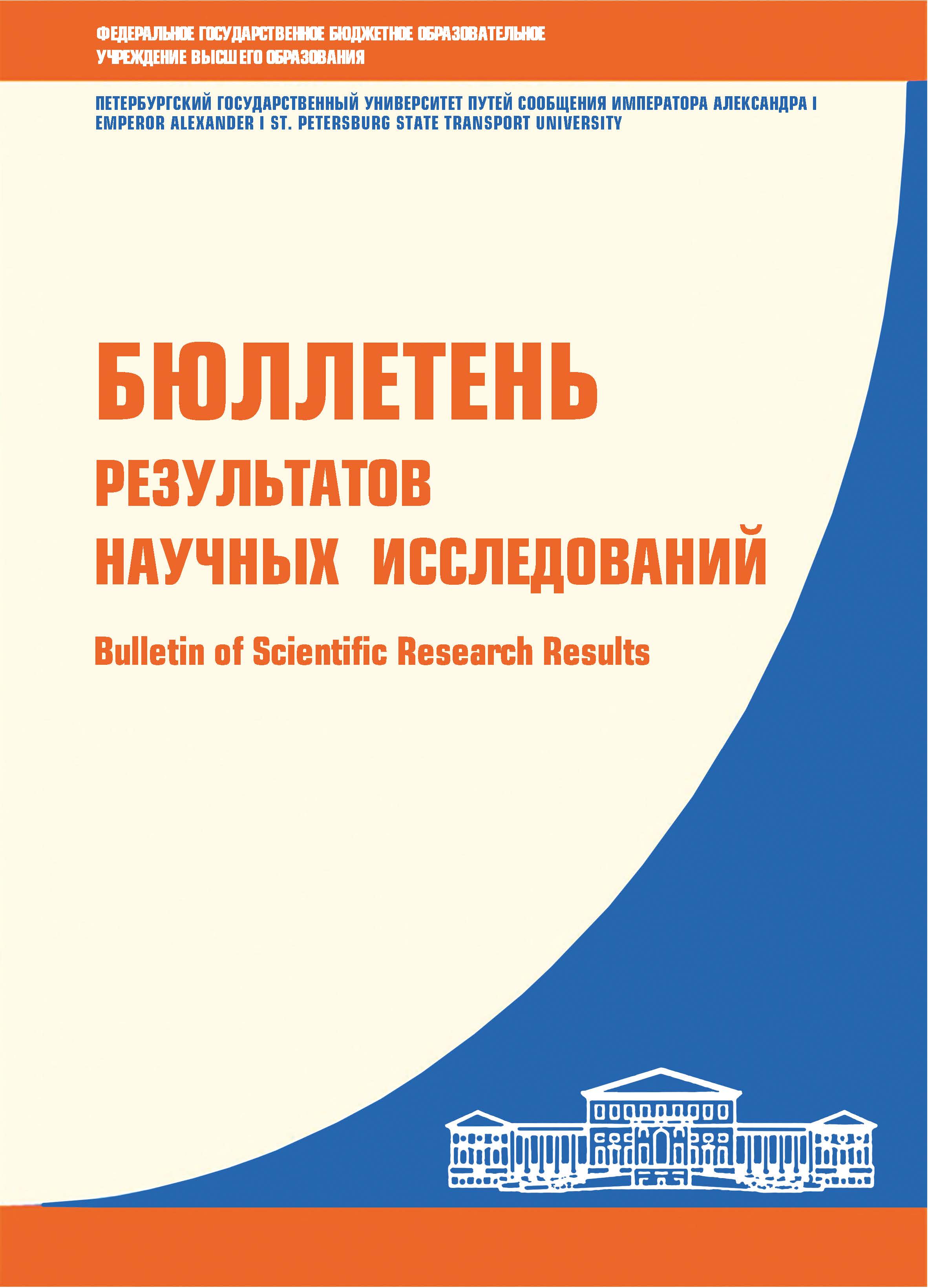Russian Federation
Russian Federation
Goal: review of the current situation and perspective directions for the development of technology for testing electrical energy storage systems based on lithium-ion batteries. Methods: using literature analysis, a review and systematization of the history of lithium-ion battery system monitoring technology development was conducted and the advantages and disadvantages of the most common state of charge (SOC) methods were compared. Results: lithium-ion battery systems represent an inevitable trend in the future of electrochemical energy storage. To increase their stability and economic efficiency, it is necessary that diagnostic systems allow the internal parameters of the battery to be determined with sufficient accuracy and the types of faults to be quickly determined. In the future, research in this area will continue to improve the accuracy of data acquisition systems and create accurate digital battery models. Practical significance: a review and systematization of the history of development of technology for monitoring the condition of lithium-ion battery systems was carried out in order to identify current problems and promising directions for future research in this area.
electrical energy storage systems, lithium-ion battery diagnostic technology, battery management systems ampere-time integration method, open circuit voltage method second order RC equivalent circuit model, data acquisition systems, digital battery model
1. Lyu C., He H. Obnaruzhenie i izolyaciya defektov datchika dlya litiyionnogo akkumulyatornogo bloka v elektromobilyah s ispol'zovaniem adaptivnogo rasshirennogo fil'tra Kalmana // Prikladnaya energetika. 2017. № 185. S. 2033–2044.
2. U Ch., Chzhu Ch., Ge Ja. A new fault diagnosis and prognosis technology for high-power lithiumion battery // IEEE Transactions on Plasma Science. 2017. 45 (7): 1533–1538.
3. Chen' Z., Syun R., Tyan' C. i dr. Model'no-orientirovannyy podhod k diagnostike neispravnostey vo vneshney korotkoy cepi litiyionnogo akkumulyatora, ispol'zuemogo v elektromobilyah // Prikladnaya energetika. 2016. № 184. S. 365–374.
4. Analiz harakteristik krivoy napryazheniya holostogo hoda litiy-zhelezo-fosfatnogo akkumulyatora [Elektronnyy resurs]. URL: https://www.eet-china.com/mp/a258915.html
5. Kompleksnyy analiz razryada litievogo akkumulyatora [Elektronnyy resurs]. URL: https:// www.fangzhenxiu.com/post/7282360/?uri=24_bUEtxGcRkc1
6. Sravnenie 12 modeley krivyh zaryada i razryada litiyionnyh akkumulyatorov. [Elektronnyy resurs]. URL: https://zhuanlan.zhihu.com/p/623571540
7. U Syaohuey, Chzhan Syan. Identifikaciya parametrov modeli vtorogo poryadka ekvivalentnoy cepi RC dlya litievyh akkumulyatorov // Zhurnal Nankinskogo universiteta. 2020. № 56 (5). S. 755–761.









